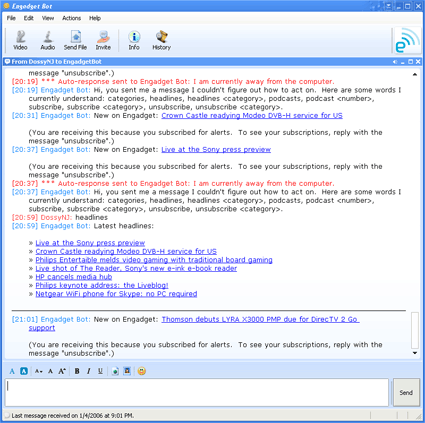To anyone who might have tried to leave a comment on this blog using the MSIE or AOL Explorer browser (which uses MSIE under the hood) and couldn’t, I’m sorry about that. Someone just told me today that it wasn’t working … turns out I had an extra close tag (specifically, </form>) which MSIE was interpreting correctly (which ended up neutering the “Post” button) but Firefox was being lenient about. In other words, it wasn’t working under MSIE which was the technically right behavior, but I didn’t know it because I mostly use Firefox which ignored my mistake and “did what I meant, not what I said.”
Commenting should now work for MSIE users again. Sorry about that. Fire away! And if you ever have a problem with this site, don’t hesitate to email me and let me know about it.



![[info]](https://static.dossy.org/images/userinfo.gif)

Latest comments